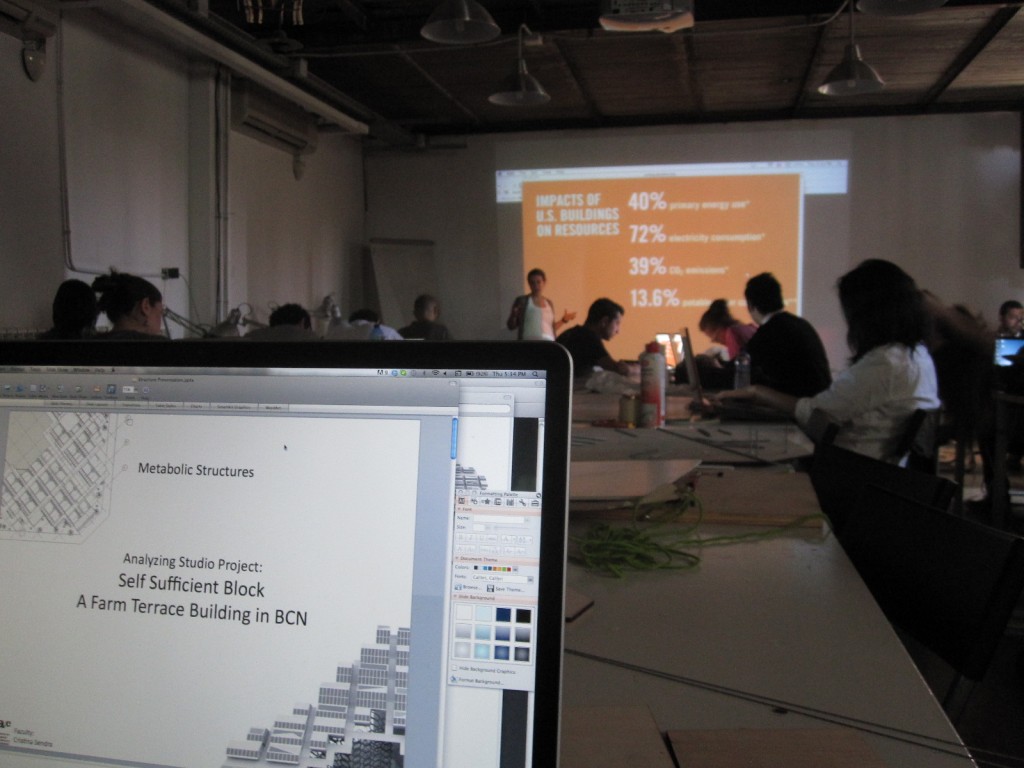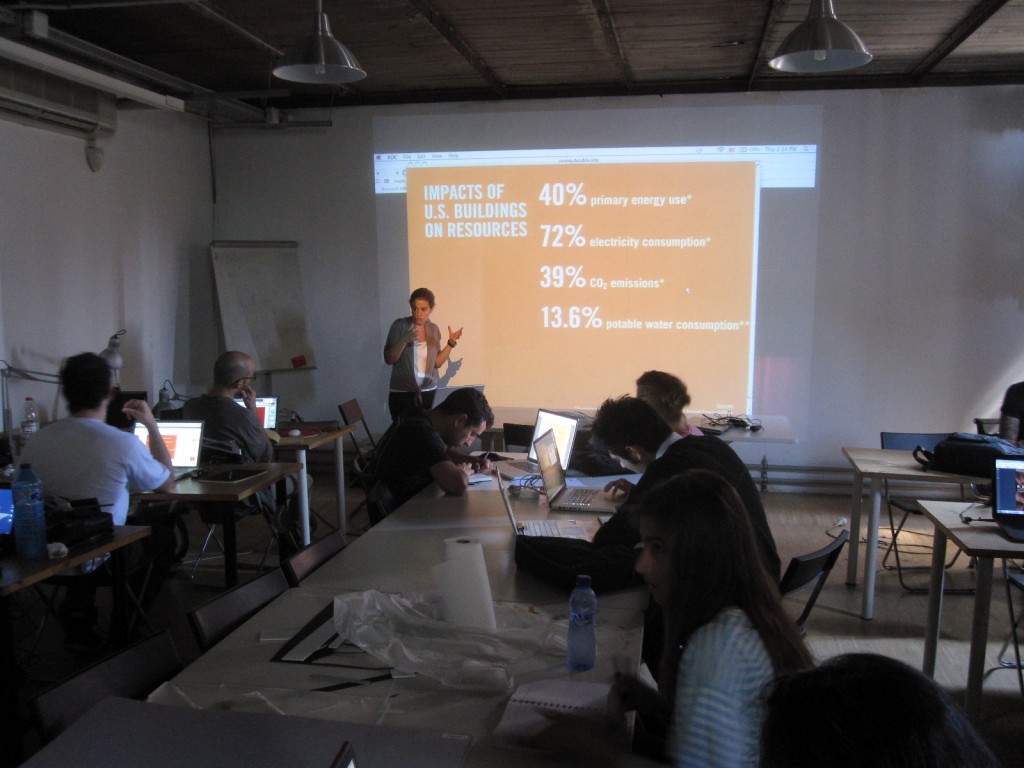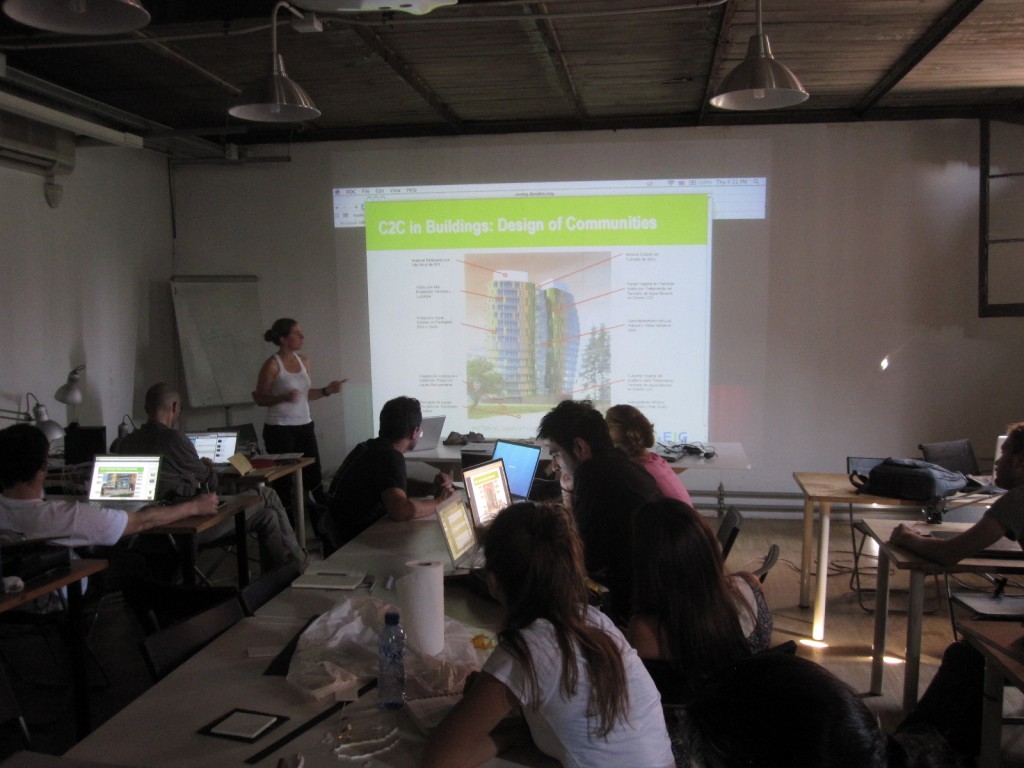Seminar: Metabolic Structures
Faculty: Cristina Sendra (Eco Intelligent Growth)
In Phase III of the Masters in Advanced Architecture students will continue to work on their final projects in their Research Studios and they will also attend three seminars that cover a wide variety of topics.
Metabolic Structures Seminar will work with applying efficient design concepts to buildings, urban infrastructure and apparatus. There will be three important sources to be taken into account:
1. Cradle to Cradle
“Cradle to cradle” is a concept that was created, separately, by the Swiss industrial analyst Walter Sathel, on the one hand, and by the American architect William McDonough and the German chemist Michael Braungart on the other. The “cradle to cradle” concept is a revolutionary approach to redesigning mankind’s industrial system based on the conviction that careful design at the initial stages of any project, inspired by the regenerative, healthy productivity of natural models is capable of creating an industry that sustains and provides a balance between the social, environmental and economic aspects inherent in any human activity. The goal is to achieve maximum value (social, environmental and economic) through intelligent design.
Its principles are:
-Waste is always a resource
-Use of solar energy
-Celebration of diversity
-Eco-effectiveness: follow nature’s design principles
2. Natural Capitalism
Natural capitalism and the possibility of a new industrial system are based on a new approach and on a values system that differs from that of conventional capitalism. The business world is changing, and the model currently being used to create well-being cannot be applied indefinitely. Natural capitalism provides a guide and framework for action for future businesses to make a profit from their environmental and social responsibility.
3. Biomimicry
Biomimicry is a new discipline that studies the solutions adopted by nature as the result of 3,800 million years of evolution and aims to imitate these designs and processes to solve mankind’s problems. Engineers, biologists, computer scientists, chemists, physicists and other researchers in a wide range of fields are working on fi nding solutions inspired by the strategies developed by plants and animals to thrive in their environment. Studying a leaf to invent an improved solar panel is one example of this innovation inspired by nature.



